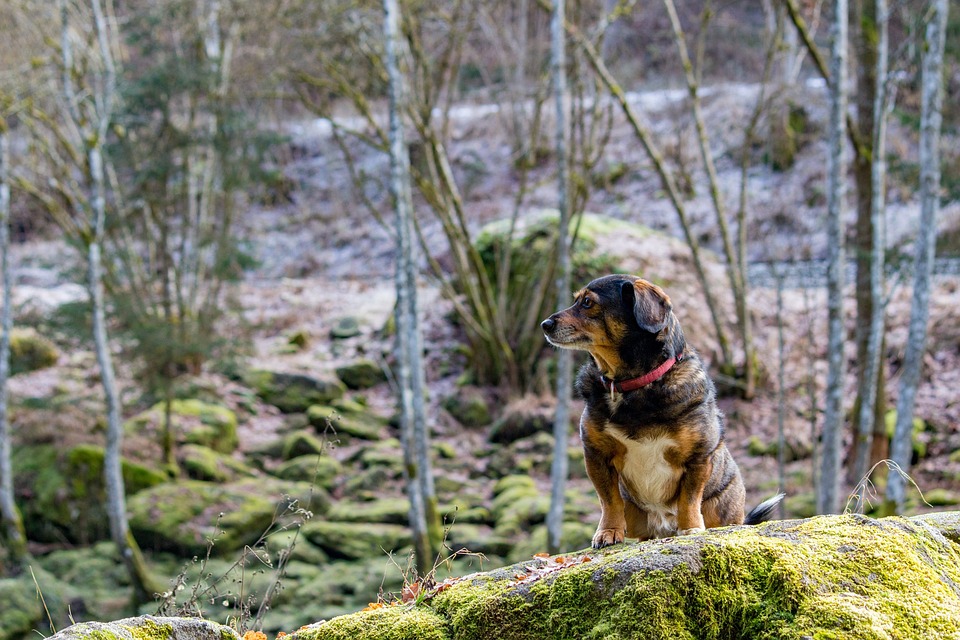Venomous colubrids are a fascinating group of snakes found throughout the world. These slithering predators possess a potent venom for capturing and subduing their prey. This article will explore the world of venomous colubrids, focusing on their unique features, intriguing characteristics, and potential dangers to humans. We’ll also discuss the importance of conservation efforts for these magnificent creatures.
What are Venomous Colubrids?
Colubrids are the largest family of snakes, comprising about 70% of all snake species. Most colubrids are non-venomous; however, some species possess venom that can be harmful to their prey and, in certain cases, even humans. These venomous colubrids typically use their rear fangs to inject venom, as opposed to the front fangs seen in vipers and elapids.
Characteristics and Features
Venomous colubrids vary greatly in size and appearance, with some species exhibiting stunning patterns and vivid colors. Some well-known venomous colubrid species include the boomslang, twig snake, and the Asian tiger snake. These snakes are typically arboreal, meaning they spend most of their time in trees.
Many venomous colubrids are mostly nocturnal, relying on their keen sense of smell and excellent night vision to locate prey. Their diets mainly consist of small vertebrates, such as rodents, birds, and lizards. Some species are oviparous, meaning they lay eggs, while others give birth to live young.
Although their venom is not as potent as that of vipers or elapids, venomous colubrids possess several types of venom components, such as proteases, phosphodiesterases, and phospholipases. These components can cause various symptoms in their prey, including paralysis, muscle breakdown, and disruption of blood clotting.
The Danger to Humans
While venomous colubrids can be dangerous to humans, they are generally less aggressive than vipers and elapids. Their rear fangs make it more challenging for them to deliver a venomous bite effectively, and the venom yield tends to be lower. However, bites by larger species, such as the boomslang, can be potentially fatal due to their potent venom, which can cause severe hemorrhaging.
If bitten by a venomous colubrid, it is vital to seek medical attention immediately, even if the symptoms appear mild or non-existent. Rapid treatment can reduce the risk of serious complications and increase the chances of a full recovery.
To avoid encounters with venomous colubrids, people should exercise caution when venturing into their natural habitats. Wearing appropriate footwear and clothing, avoiding reaching into hidden crevices, and educating oneself about regional snake species can reduce the likelihood of an unwanted encounter.
Conservation
Like many other snake species, venomous colubrids face numerous threats such as habitat loss, climate change, and human persecution. Conservation efforts are vital to preserve these incredible creatures and maintain the balance of ecosystems in which they play crucial roles as predators. By providing protected habitats, combating the illegal pet trade, and raising public awareness about these snakes, conservation organizations can help ensure their survival for future generations.
Conclusion
Venomous colubrids are an astonishing group of snakes that showcase the stunning diversity and beauty of the natural world. While they can pose a threat to humans, understanding their behavior and biology can reduce the risk of negative encounters. Through continued appreciation, study, and conservation efforts, we can ensure the survival of these captivating slithering predators.
Frequently Asked Questions (FAQ)
Q: What is a venomous colubrid?
A: A venomous colubrid is a snake belonging to the Colubridae family, possessing venom that it uses to subdue its prey.
Q: Are all colubrids venomous?
A: No, most colubrids are non-venomous. Only a small percentage of colubrid species possess venom.
Q: How dangerous are venomous colubrids to humans?
A: While venomous colubrids can be dangerous, their rear fangs and generally less aggressive nature make them less of a threat compared to vipers and elapids. However, certain species, like the boomslang, can cause severe harm or even death if not treated promptly upon envenomation.

No responses yet